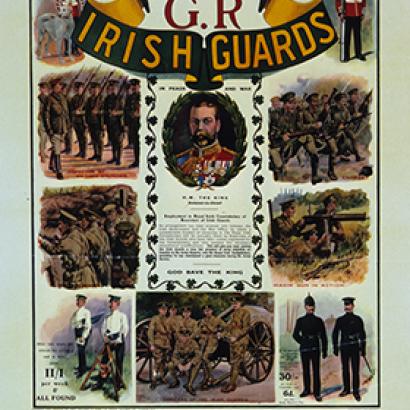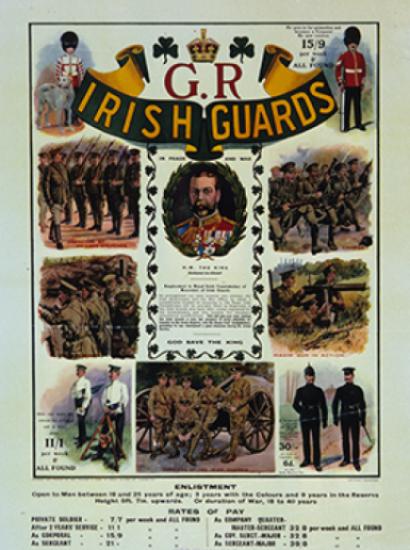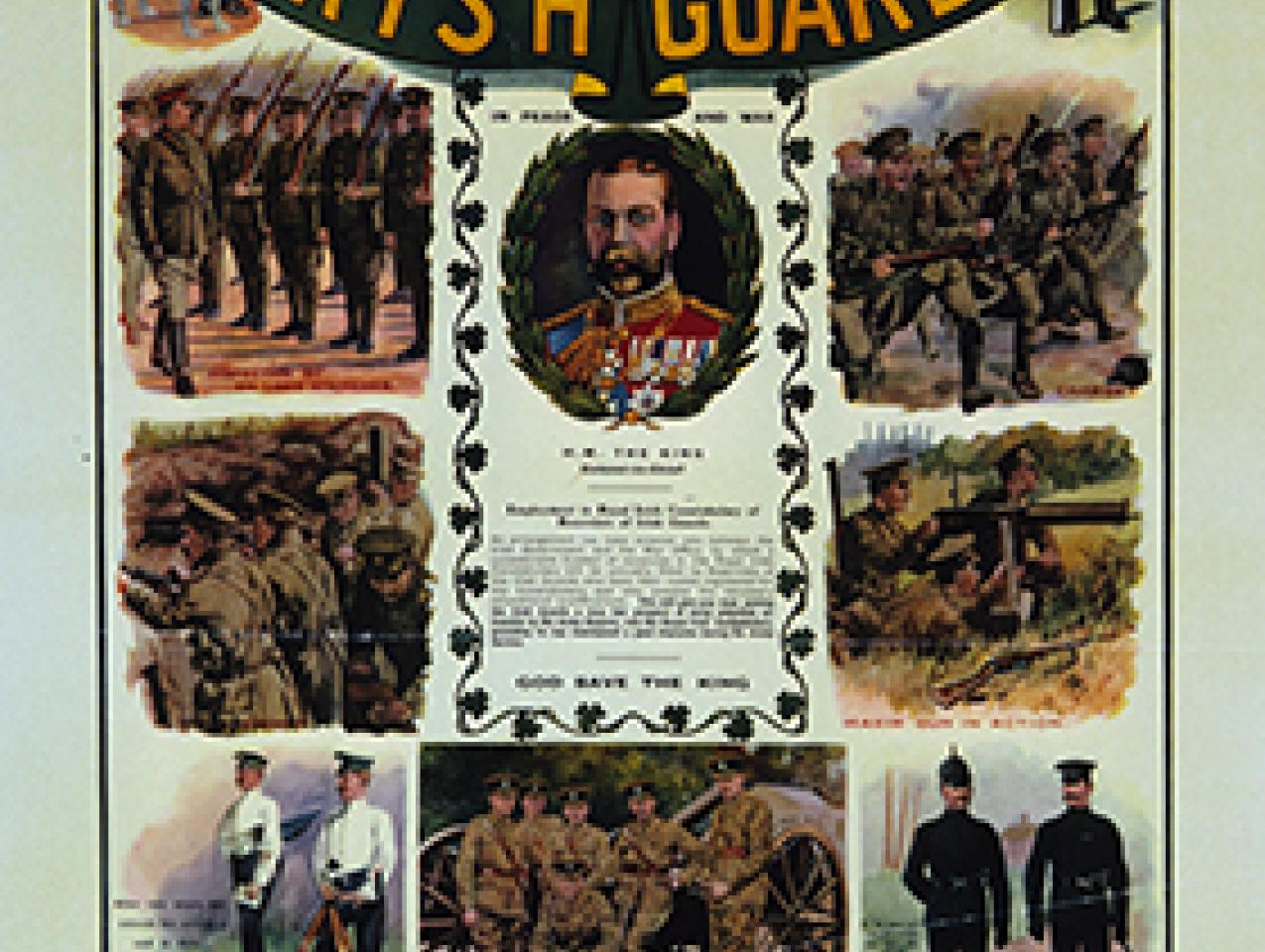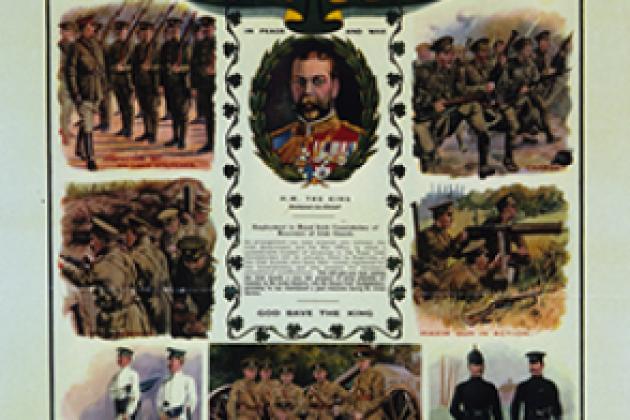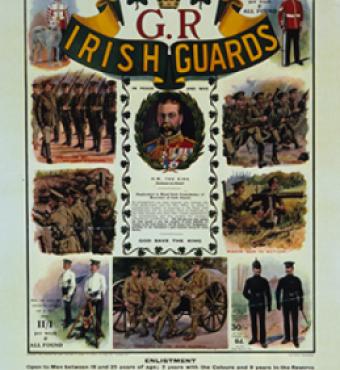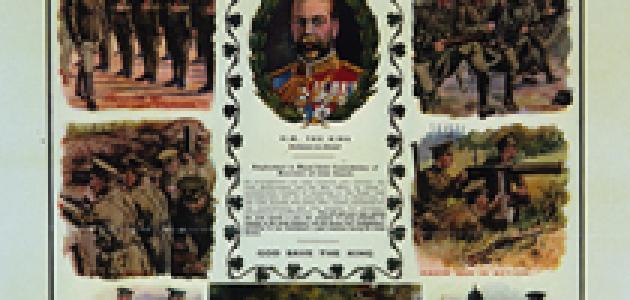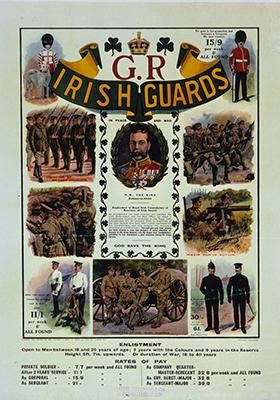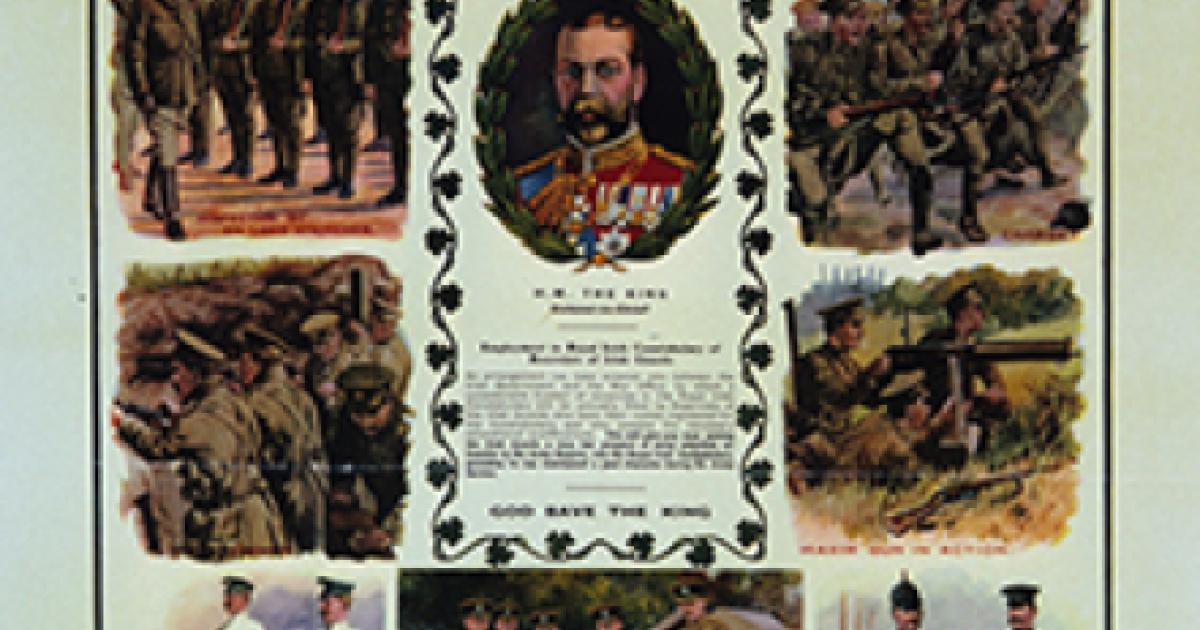- History
- Military
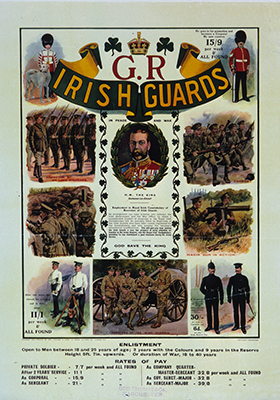
Although Prince Harry’s marriage last week to Ms. Meghan Markle was not a military occasion, the groom and best man wore uniforms and more than 250 servicemen from units with storied military histories took part, so I think it’s acceptable to report on it for Military History in the News.
Twenty-eight members of the Household Cavalry took their places lined up on the staircase at St. George's Chapel, Windsor, as the bride and groom emerged from the chapel after the ceremony. This comprises of two regiments, the Life Guards and the Blues and Royals, which date from 1660. The Blues and Royals are the only regiment in the army officially known by their nickname: The Blues were originally the Royal Horse Guards or the “Oxford Blues” and the Royals were the Royal Dragoons.
Several other units connected with Prince Harry—who served two front-line tours of duty in Helmand Province in Afghanistan in 2006 and 2007 aged 21—took part on his wedding day. He served with the Royal Gurkha Rifles and 3 Regiment Army Air Corps, who also took part in the parade. The Gurkhas are a unique regiment, recruited since the late 18th century in Nepal, which is not part of the Commonwealth. Officered by Britons who speak Nepali, it has a fearsome reputation for ferocity in battle, and has won 26 Victoria Crosses, taking part in every conflict Britain has fought since 1792.
Last December, Prince Harry succeeded his grandfather Prince Philip—who will be 97 next month—as Captain-General of the Royal Marines, a unit of which—30 Commando IX Group—took part in the procession in Windsor. The Marines were founded in 1755 as the Royal Navy’s infantry troops and have served with distinction in every British conflict since 1755, the year before the outbreak of the Seven Years War (known in America as the French and Indian War).
As Commodore-in-Chief, Royal Navy Small Ships and Diving, they too sent a contingent to the wedding. Musical support was provided by the Band of the Irish Guards, because the best man, Prince William of Wales, is colonel of the regiment. It was founded in 1900 and has always contained soldiers from both north and south of the border, despite its being technically illegal for the regiment to recruit in the south.
Both Prince William and Prince Harry wore the frockcoat uniform of the Blues and Royals, hand-tailored on Savile Row from blue doeskin. (The sleeve pattern alone took one person a week to complete.) They wore No. 1 Dress Caps and a white buckskin waist belt with regimental buckles but no swords, as they were attending a religious ceremony. Both wore spurs, which, with the bride wearing a 16-foot long dress, might have proved tricky, but fortunately didn’t.
As well as wishing the couple long life and happiness, it is to be hoped that having an American in the Royal Family will further strengthen the Special Relationship, and the ties between the two great allies who have so often proved the greatest bulwarks of Western Civilization.







